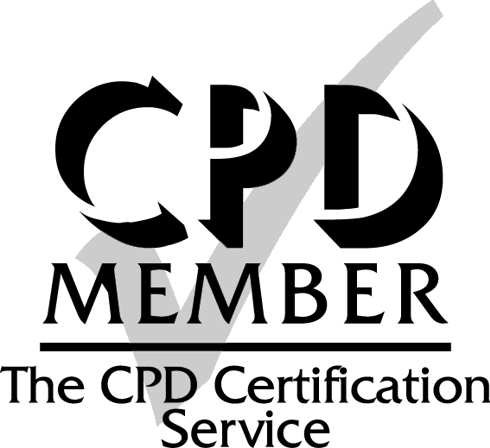Objectives: Artificial intelligence (AI)–based image analysis is increasingly used in acute stroke care. Its application for detecting and quantifying hemorrhage-suspect hyperdensities in non-contrast-enhanced head CT (NCCT) scans may aid clinical decision-making and expedite stroke management.
Methods: NCCT scans from 160 patients with suspected acute stroke were analyzed for acute intracranial hemorrhages (ICH) using a novel AI-based algorithm. Two blinded neuroradiology residents (R1 and R2) independently assessed the scans, with an expert neuroradiologist establishing the ground truth. Sensitivity, specificity, and area under the curve were calculated for ICH and intraparenchymal hemorrhage (IPH) detection. The algorithm automatically segmented and quantified IPH volumes, compared to semi-automatic measurements. Intraclass correlation coefficient (ICC) and Dice coefficient (DC) were calculated.
Results: Of 160 patients, 79 had acute ICH, and 47 had IPH. Sensitivity and specificity for ICH detection were 0.91 and 0.89 for the algorithm; 0.99 and 0.98 for R1; and 1.00 and 0.98 for R2. For IPH detection, sensitivity and specificity were 0.98 and 0.89 for the algorithm; 0.83 and 0.99 for R1; and 0.91 and 0.99 for R2. Interreader reliability showed strong agreement for ICH and IPH detection in the algorithm (0.80 and 0.84), R1 (0.96 and 0.84), and R2 (0.98 and 0.92). ICC demonstrated excellent agreement (0.98) between the algorithm and the reference standard for IPH volumes, with a mean DC of 0.82.
Conclusion: The AI-based algorithm reliably detected acute ICH and accurately quantified IPH volumes in this dataset.












